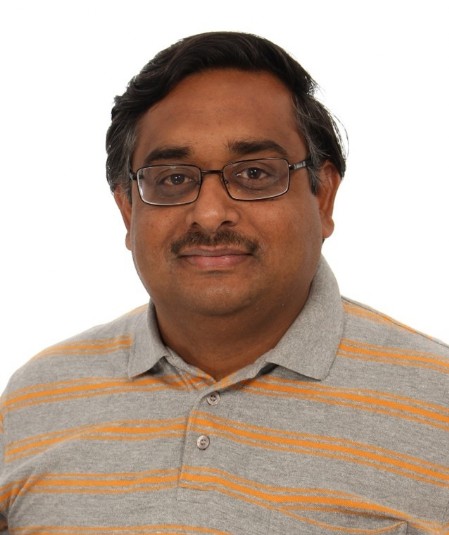Biography
Dr. Prashant Kumar Sharma

Current research
Biotribology, infection and biofilms, Tissue cell response to ECM/Scaffold viscoelasticity.
At the ‘Biotribology and Regeneration’ research group we are committed to active and productive elderly. That is why we are curious about the natural lubrication systems of our body, which when get impaired we device biomaterials which synergistically work with the impaired system to enduringly hydrate and lubricate the involved surfaces.
When simple activities like walking, running, bicycling, blinking, speaking, chewing and swallowing get difficult for the elderly due to disease, their quality of life suffers and they become inactive and less productive at work.
The diseases we focus on have no therapeutic treatments yet thus effective symptomatic/palliative treatment is the only tool available to maintain the quality of elderly life.
Our main biotribology research interests are:
- Salivary Lubrication: Hydration and lubrication enhancement in the oral cavity to help dry mouth patients.
- Ocular Lubrication: Hydration and lubrication enhancement at the eyelid-cornea or eyelid-contact lens interface to help patients of dry eye disease.
- Articular Lubrication: Enhancement of cartilage lubrication, stopping the progression of cartilage damage and its restoration to help early articular pain relief and postponement of arthroplasty.
- Coatings: Devising lubricant coatings e.g. for meniscus implants or cardiovascular and urinary catheters.
Our main regenerative research interests are:
- Cartilage consolidation and regeneration: On top of enhancing cartilage lubrication as a pain relief measure for early osteoarthritis, we are developing strategies to stop further cartilage degradation/damage through development of biomolecules for intra articular injection along with hyaluronic acid.
- Influence of viscoelasticity on cell response: Here we work with gradient gels derived from decellularized organ ECMs and 3D culturing of different cell types to study their response to changing mechanostimulation.